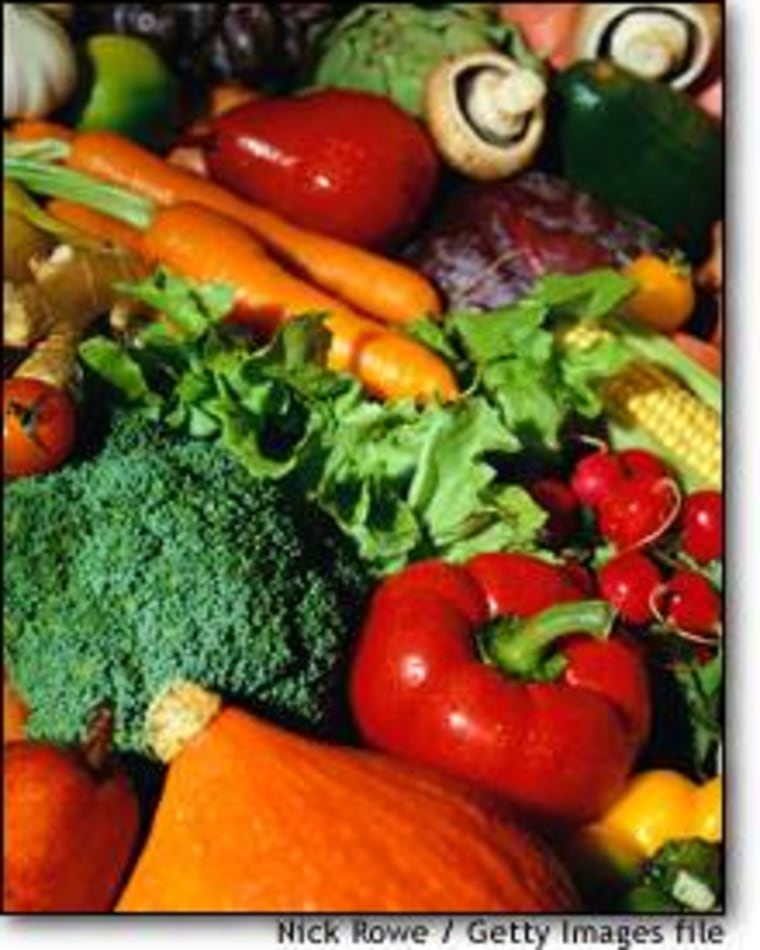When people decide they need to eat better, many try to adopt a rigid, rules-based approach. They categorize foods as “good” or “bad.” They resolve to eat only good foods and none of the bad. Research, however, suggests that this outlook on eating is not helpful in the long run. Experts in nutrition and behavior encourage people to enjoy a mix of healthy foods without making any foods forbidden territory.
Some studies suggest that all-or-nothing attitudes lead to overeating in what might be called a “Blown It” syndrome. As long as someone feels they are following “the rules,” they are well disciplined. But once they eat a forbidden food, they often feel they’ve blown it. They give up all the rules and eat more of these once prohibited foods.
So if there’s a less-than-healthy food you eat too often, long-term change may be more likely if you learn to simply reduce your consumption instead of giving it up completely.
While it might seem that stricter diet rules would bring more success, they often just bring more anxiety. Studies suggest that people with more restrictive attitudes tend to think about food more often, which, of course, complicates dieting. They also have a tougher time maintaining their eating “rules” when stressful situations come along.
Anxiety over eating a “bad” food is unnecessary. The effects of one nutritional extravagance are almost always undetectable. Even a super-rich, 500-calorie dessert on top of a normal diet leads to an imperceptible gain of about two ounces. It’s only when extra treats become part of usual eating habits that trouble develops.
But if do you want to have a “bad” food, there’s no sense in making a full meal of it. In fact, one of the ways that foods with extra calories, fat or sodium can fit into a healthful diet is to counterbalance them with foods low in those ingredients. If you love ice cream, don’t automatically scoop out a huge portion of the richest kind and load it with whipped cream.
A little goes a long way
For many people, a little will satisfy their craving. They can be quite happy with a small amount because they know they can eat it again. Others may be just as happy with the sweet, cool smoothness of a lower-fat version. The same is true for other foods. Don’t order the bacon burger and fries combo, if all you really want is a regular burger.
Another place to avoid restrictive, all-or-nothing thinking is portion size. Some people decide if they’re going to have fries, they might as well have the super-size portion. Yet that choice adds an extra 350 calories and 15 to 20 grams of fat to the splurge. Remember that the higher in calories, sugar or fat a food is, the greater the impact portion size has.
So take a realistic look at your portion. Today, excess has become the norm. There’s no need to limit yourself to so skimpy a size of your “treat” foods that you feel deprived and overeat later.
Instead, aim for eating only as much as you truly savor. Stop when you’re not focusing on the enjoyment anymore. Many people find that when they really pay attention to their eating, they are happier with smaller portions of their treats than they expected.
The goal is to find the middle ground. Accept that how we eat has a major impact on our health. But healthy eating doesn’t mean perfect eating.
